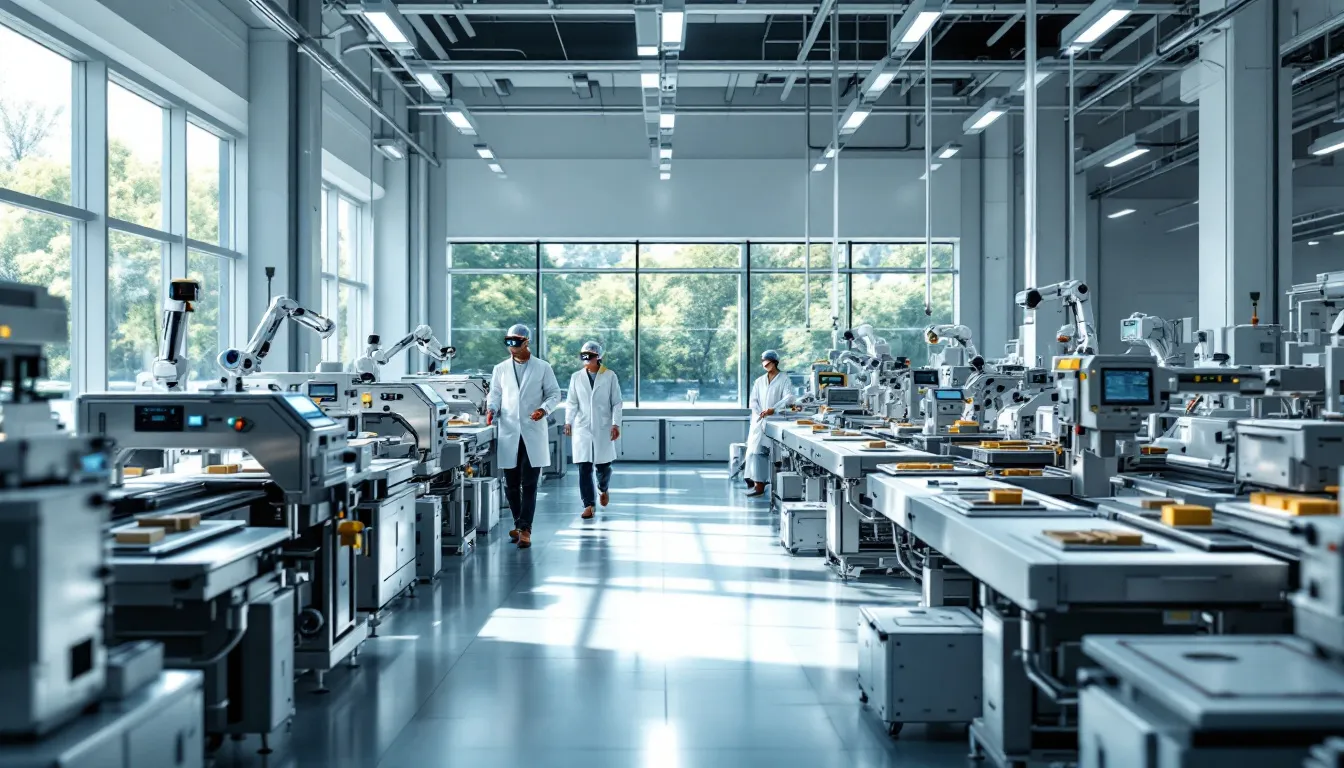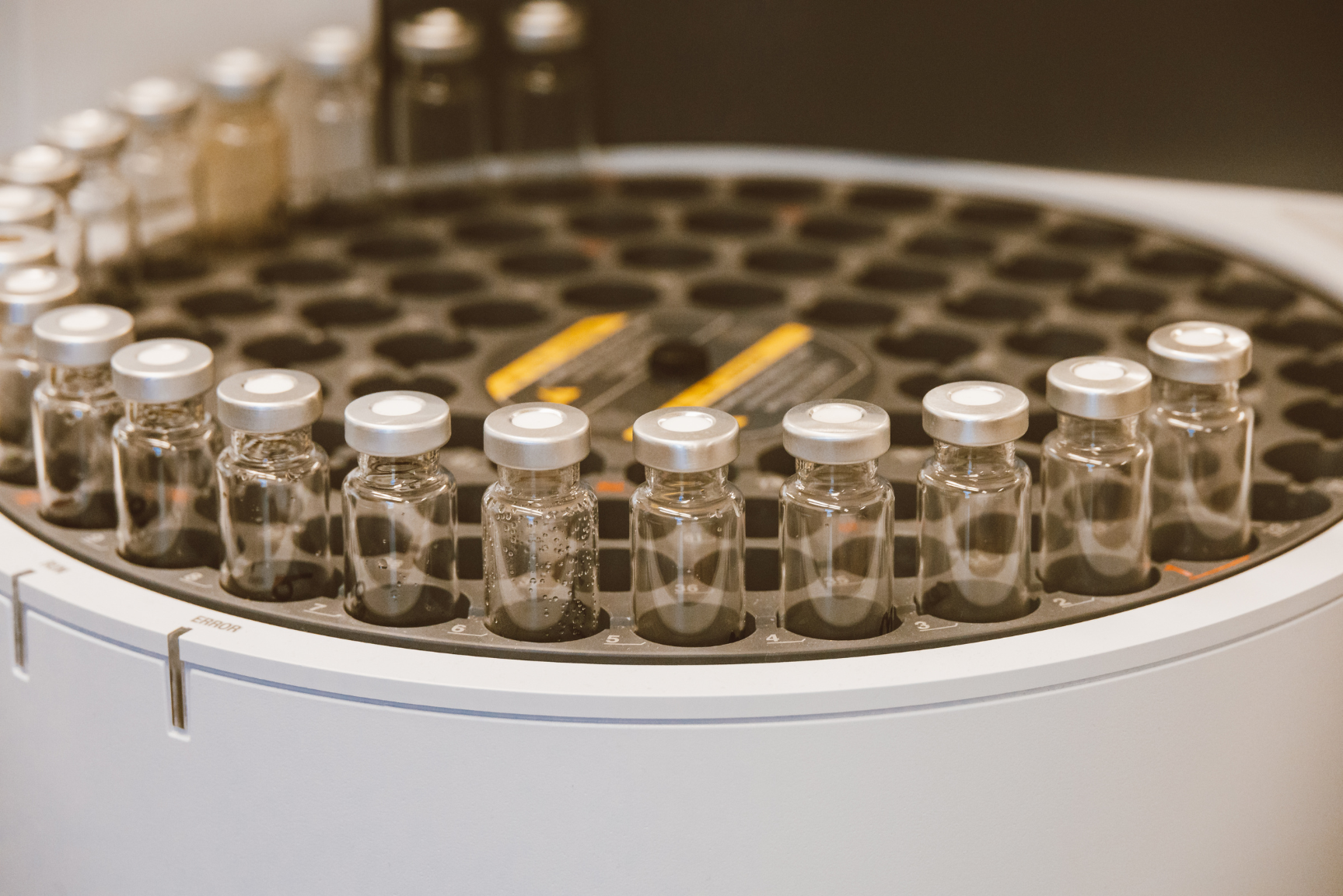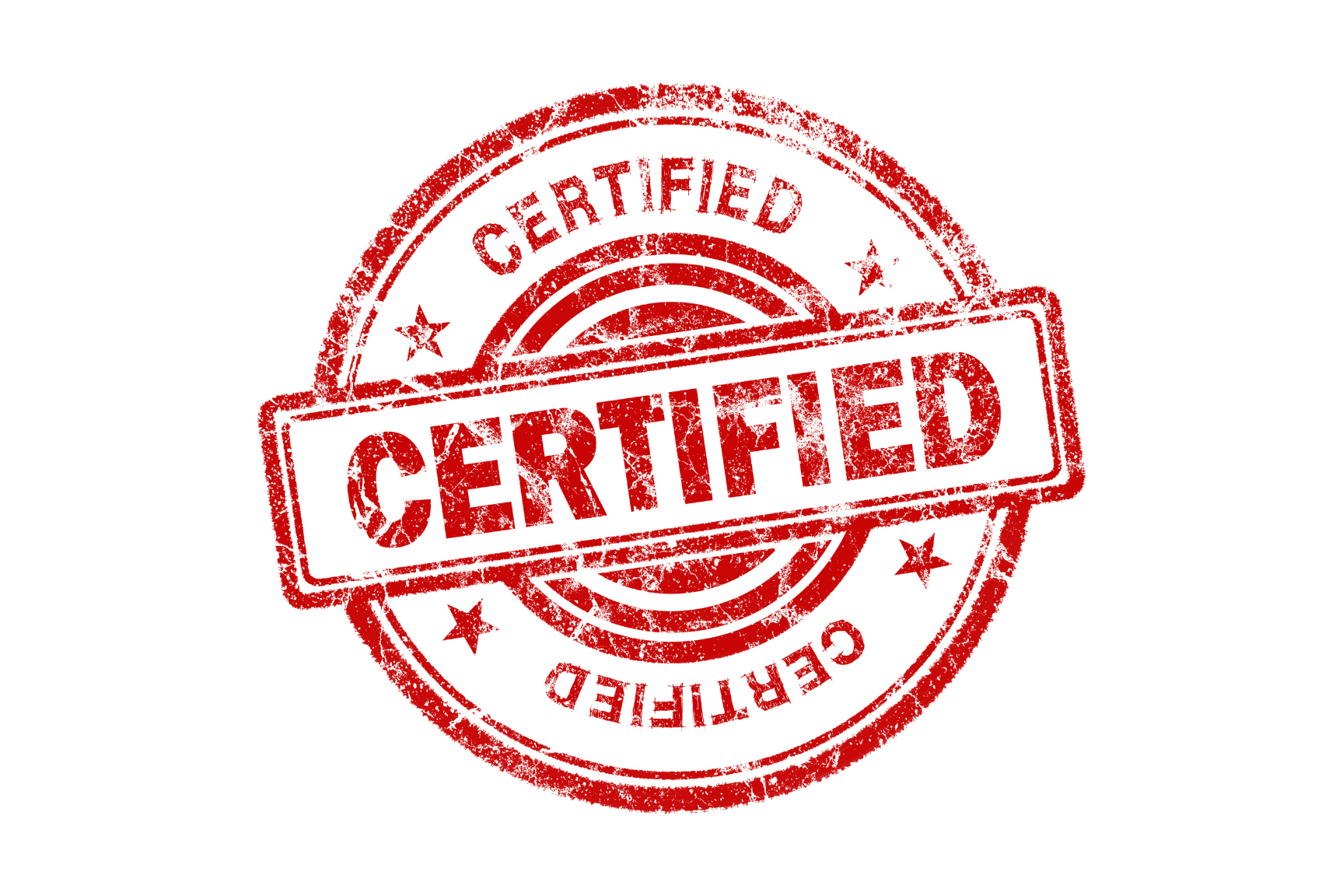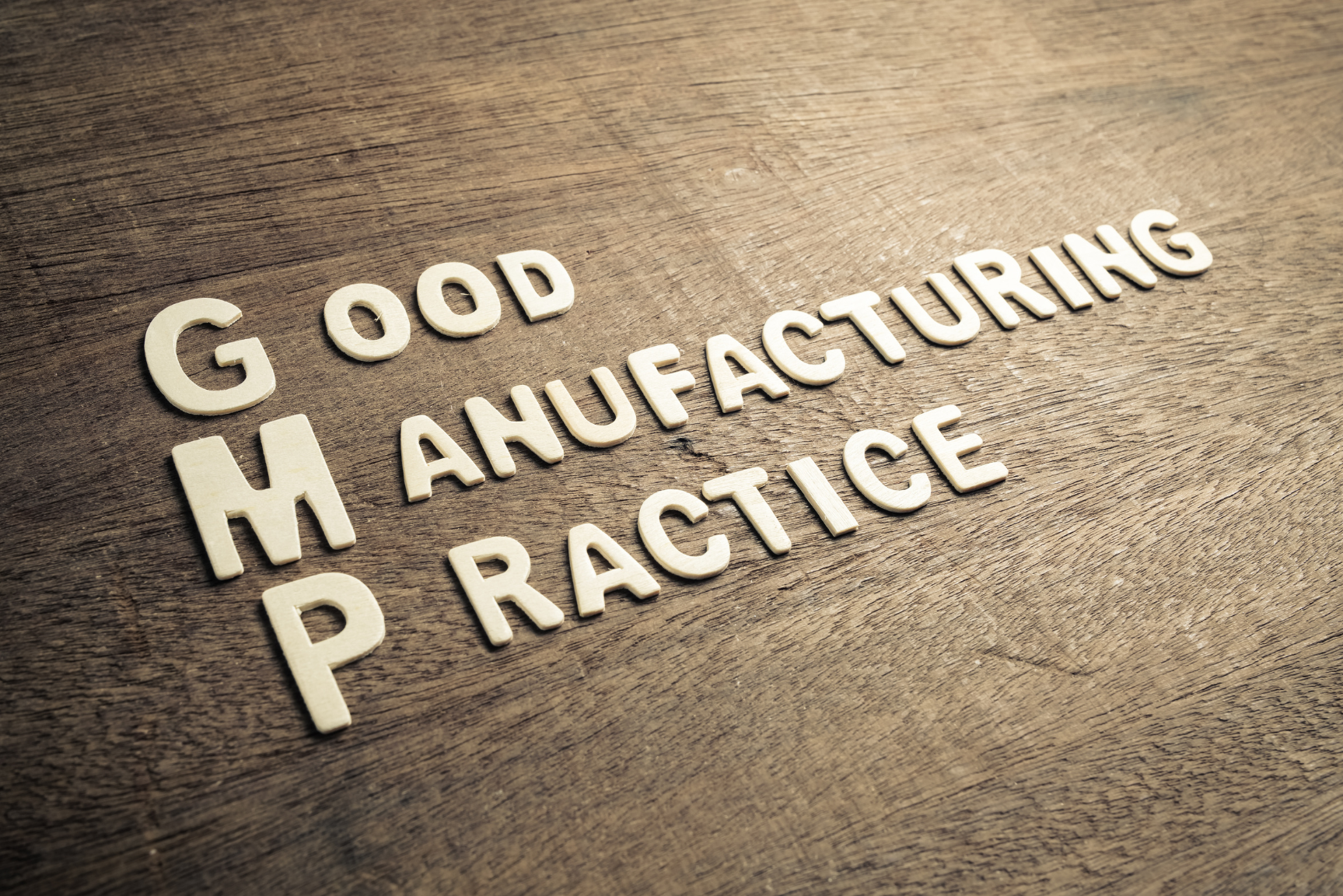
- by Grant Parker
Top Tips for Ensuring GMP Compliance in Your Manufacturing Process
- by Grant Parker
Good Manufacturing Practices (GMP) are vital for maintaining safety and quality in manufacturing. This article reveals essential tips to ensure your facility complies with GMP standards, covering key principles, implementation steps, and common challenges.
GMP ensures quality manufacturing by establishing guidelines that safeguard product safety and efficacy, particularly in high-stakes industries like pharmaceuticals.
Key principles of GMP include training personnel, maintaining stringent documentation, and ensuring proper facility design, all of which are essential for compliance and product integrity.
cGMP emphasizes continuous improvement and the adoption of modern technologies, distinguishing it from traditional GMP by promoting higher quality standards and fostering a culture of ongoing enhancement.

Good Manufacturing Practice (GMP) forms the bedrock of quality assurance in the manufacturing industry. Adhering to GMP guidelines ensures that companies consistently produce and control products to meet quality standards. This is particularly crucial for pharmaceutical manufacturers, where the stakes are incredibly high. GMP certification is a testament to a manufacturer’s commitment to producing safe and effective products.
The primary purpose of GMP standards is to enhance product safety and ensure high quality. Implementing GMP is not merely about compliance; it’s about creating a robust system that guarantees consistent production and control. This system safeguards both companies and consumers from adverse events related to product safety. From cutting losses and waste to avoiding recalls and fines, the benefits of GMP are manifold, positively affecting the reputation of manufacturing companies.
Moreover, GMP regulations ensure the effectiveness and safety of manufactured products for market distribution. In essence, GMP is a comprehensive approach to quality control that encompasses every aspect of the manufacturing process, ensuring that each finished product meets the highest quality standards.
The foundation of Good Manufacturing Practices lies in its key principles, often encapsulated in the 5P’s: People, Products, Processes, Procedures, and Premises. These elements collectively ensure that manufacturing processes are carried out under stringent quality standards to produce safe and effective products.
People are at the core of GMP compliance. Proper training and education empower employees to execute their roles effectively, minimizing the risks of contamination, adulteration, and mislabeling.
Products must be consistently manufactured to meet predefined quality criteria, ensuring their safety and efficacy. This involves rigorous quality control and regular testing of drug products to identify any contaminants that could compromise product integrity.
Processes and Procedures are meticulously defined and documented to guide operations. This documentation is crucial for maintaining transparency and accountability, ensuring that every step of the manufacturing process is traceable.
Finally, Premises must be designed and maintained to facilitate cleanliness and prevent cross-contamination. Adherence to these principles allows manufacturers to achieve GMP compliance and maintain the highest quality standards in production.
While GMP (Good Manufacturing Practices) sets the minimum quality standards, cGMP (Current Good Manufacturing Practices) takes it a step further by emphasizing continuous improvement and the highest available quality standards. Introduced by the FDA in 1978, cGMP requires manufacturers to adopt modern technologies and innovative practices to enhance product quality and minimize deviations.
The key difference between GMP and cGMP lies in their approach to quality. While GMP ensures that products meet basic quality standards, cGMP aims for excellence by promoting detailed and rigorous guidelines that encourage manufacturers to continuously improve their processes. This includes adopting the latest technologies and practices to ensure the highest level of product safety and efficacy.
Outdated GMP methods can lead to production delays and compliance issues. In contrast, cGMP fosters a culture of continuous improvement, ensuring that manufacturing processes are always up-to-date and capable of producing high-quality products consistently. By embracing cGMP, manufacturers can achieve superior outcomes and maintain compliance with evolving regulatory requirements.
Achieving GMP compliance involves a multifaceted approach that integrates various components to ensure product quality and safety. One of the critical elements is the proper validation and qualification of equipment. This guarantees that manufacturing processes consistently produce products that meet quality standards. Validation involves documenting that processes and activities function as expected, providing the necessary controls to maintain compliance.
Thorough documentation is another cornerstone of GMP compliance. Every step of the manufacturing process must be recorded, including detailed written procedures and work outcomes. This documentation not only ensures transparency but also aids in addressing any complaints and prevents non-compliance issues from escalating.
Regular audits and quality control testing are essential to evaluate and improve GMP compliance. These audits help organizations comply with GMP regulations by identifying areas for improvement and tracking performance metrics. Additionally, maintaining the cleanliness and proper maintenance of facilities is vital for effective manufacturing, preventing contamination, and ensuring product safety.
Finally, GMP regulations cover critical aspects such as quality management, sanitation, equipment, and personnel qualifications. By adhering to these guidelines, manufacturers can ensure that their products are consistently produced to meet the highest quality standards and gmp requirements, safeguarding both consumer safety and company reputation.

Implementing Good Manufacturing Practices in a facility requires a comprehensive approach that integrates quality control throughout the production process to ensure product safety. Contamination control is a critical aspect, involving the maintenance of equipment in good condition and regular cleaning to prevent product contamination. This includes rigorous sanitation procedures and cleaning protocols to uphold the highest hygiene standards.
Standard Operating Procedures (SOPs) must be clearly defined and documented to guide operations, ensuring adherence to documented procedures to avoid operational hazards. Effective document control practices are essential for maintaining accurate and accessible manufacturing documentation, facilitating transparency and accountability.
The design of equipment and facilities must prioritize hygiene, safety, and productivity. This includes air quality management, using filters, and proper airflow to avoid airborne contaminants in production areas. Implementing effective material flow designs helps prevent cross-contamination risks by controlling how materials and personnel interact. Additionally, dedicated equipment should be utilized for different products to prevent cross-contamination between batches.
Employee training is vital for maintaining product quality and job competence. Regular training for personnel in GMP practices is crucial for maintaining compliance and quality. Investing in employee training enhances the workforce’s ability to recognize inefficiencies and implement innovative solutions in manufacturing processes.
GMP training courses encompass essential topics. These include good manufacturing practices, quality control, and risk management. Employees should be trained on recordkeeping, sanitation, proper equipment handling, labeling, and SOPs for effective GMP compliance. Ongoing staff training is essential for ensuring compliance with GMP standards. Continuous compliance training is the most effective approach.
Prioritizing training and education helps manufacturers create a knowledgeable workforce capable of maintaining high standards of quality and compliance, contributing to the company’s success and reputation.
The FDA plays a crucial role in enforcing GMP regulations to ensure the safety and effectiveness of pharmaceuticals. FDA inspections for GMP compliance include routine, for-cause, and pre-approval inspections, each serving distinct purposes. These inspections are designed to ensure that manufacturers adhere to GMP guidelines and maintain high-quality standards in their production processes.
If potential GMP violations are found during inspections, the FDA can issue Form 483 observations. Non-compliance can lead to severe consequences, including product seizures, fines, and significant reputational damage for the manufacturer.
The food and drug administration aids compliance by providing CGMP regulations, guidance documents, and resources on their website, aiming to prevent the circulation of unsafe drugs.
Understanding the FDA’s role and adhering to GMP regulations ensures manufacturers produce safe, effective, and compliant products, ultimately protecting consumer health and safety.

GMP certification indicates that a manufacturer’s facility produces products at a high level of quality in an FDA-approved environment. This certification is crucial as it protects consumers from harmful medicines and signifies high product quality. Manufacturers adhering to cGMP standards are likely to experience enhanced customer confidence in their products.
Products produced under cGMP are less prone to recalls related to safety issues. Other benefits of adhering to GMP standards include compliance with laws, improved product quality, better customer satisfaction, increased sales, and profitable returns.
Achieving GMP certification demonstrates a manufacturer’s commitment to quality and safety, fostering trust and loyalty among consumers and stakeholders.

Maintaining GMP compliance can be challenging, with common violations found in FDA inspections including incomplete documentation and failure to investigate deviations. Regular GMP training is essential to prevent compliance issues that could lead to regulatory penalties. Risk management is a critical element of continuous improvement, as it helps identify potential manufacturing risks and enables proactive measures to ensure quality.
A common issue faced by manufacturers is the balance between ensuring continuous product supply and maintaining GMP compliance amidst facility upgrades. Audits are essential in GMP to systematically assess adherence to quality management principles, providing accurate insight into facility operations and identifying root causes of non-compliance.
Proactively addressing these challenges helps manufacturers maintain GMP compliance and ensure the production of high-quality and safe products.

In pharmaceutical manufacturing, continuous improvement is essential for enhancing product quality, safety, and compliance with evolving GMP standards. Following cGMP can lead to improved operational efficiency by minimizing errors and enhancing product quality. Continuous improvement in GMP practices is fostered through ongoing employee education and training updates.
The concept of continuous improvement, often referred to as Kaizen, focuses on making consistent enhancements to processes to achieve superior outcomes. Embracing this philosophy ensures that manufacturers keep their processes up-to-date, prevent contamination, and maintain high standards of quality and safety.
In summary, Good Manufacturing Practices are essential for ensuring the quality and safety of manufactured products. From understanding the basics of GMP to implementing effective compliance strategies and embracing continuous improvement, manufacturers can achieve superior outcomes and maintain regulatory compliance.
By prioritizing GMP compliance, manufacturers can protect consumer health, enhance product quality, and build a strong reputation in the industry. The journey to GMP compliance may be challenging, but the benefits far outweigh the efforts, ensuring the production of safe, effective, and high-quality products. (1,2)
The distinction between GMP and cGMP lies in the latter's focus on continuous improvement and the incorporation of modern technologies to maintain the highest quality standards in manufacturing processes. Thus, cGMP represents an updated and more rigorous approach to ensuring product quality and safety.
GMP certification is crucial as it guarantees that a manufacturer's facility adheres to high-quality production standards in an FDA-approved setting, thereby ensuring consumer safety and product efficacy.
The key components of GMP compliance consist of validation and qualification of equipment, comprehensive documentation, routine audits and quality control testing, as well as ensuring cleanliness and proper maintenance of facilities. Each aspect is vital for upholding quality and safety standards in production.
The FDA enforces GMP regulations primarily through routine, for-cause, and pre-approval inspections. Non-compliance may result in product seizures, fines, and severe reputational harm.
Maintaining GMP compliance often presents challenges such as incomplete documentation, inadequate investigation of deviations, the need to balance ongoing product supply with facility upgrades, and ensuring consistent training and risk management. Addressing these issues is crucial for sustaining compliance and ensuring product quality.
Share:
Top Benefits of Choosing Non-GMO Products
The Top Benefits and Uses of Pure Himalayan Shilajit